Description
Advantages of Bifacial PV Modules:
- Higher Energy Yield:
- Bifacial modules can increase energy production by 10-30% over monofacial modules, depending on the installation conditions (e.g., reflectivity of the ground).
- Ideal for locations with high albedo (reflective surfaces) such as snow-covered regions or light-colored ground.
- Better Performance in Low Light:
- Due to their ability to capture diffuse sunlight from multiple angles, bifacial panels often perform better in cloudy or hazy conditions.
- Durability:
- Bifacial modules are often built with more robust materials (e.g., glass on both sides) that can improve durability and lifespan.
- Enhanced Efficiency:
- These modules utilize a more comprehensive sunlight capture method, making them more efficient in terms of power generation.
- Reduced Land Use:
- Because of their higher efficiency, bifacial panels can generate more power in the same space, which is beneficial in large-scale solar farms.
Factors Influencing Bifacial Performance:
- Albedo (Reflectivity): The surface under the panel (e.g., sand, grass, snow, concrete) affects the amount of light that reflects onto the back of the panel. Higher reflectivity increases performance.
- Tilt and Orientation: Proper tilt and alignment can optimize light capture on both sides of the panel.
- Installation Height: Mounting the panels higher can increase the amount of reflected sunlight they receive from the ground.
Applications of Bifacial PV Modules:
- Ground-Mounted Solar Farms: Bifacial panels are especially effective in large solar installations where the panels are elevated and receive significant reflected sunlight.
- Rooftop Installations: Bifacial modules can be used on flat or tilted roofs, though the increase in energy generation may be less than in ground-mounted applications.
- Agrivoltaics: Combining solar power generation with agriculture by placing bifacial panels above crops to allow sunlight reflection from the ground.



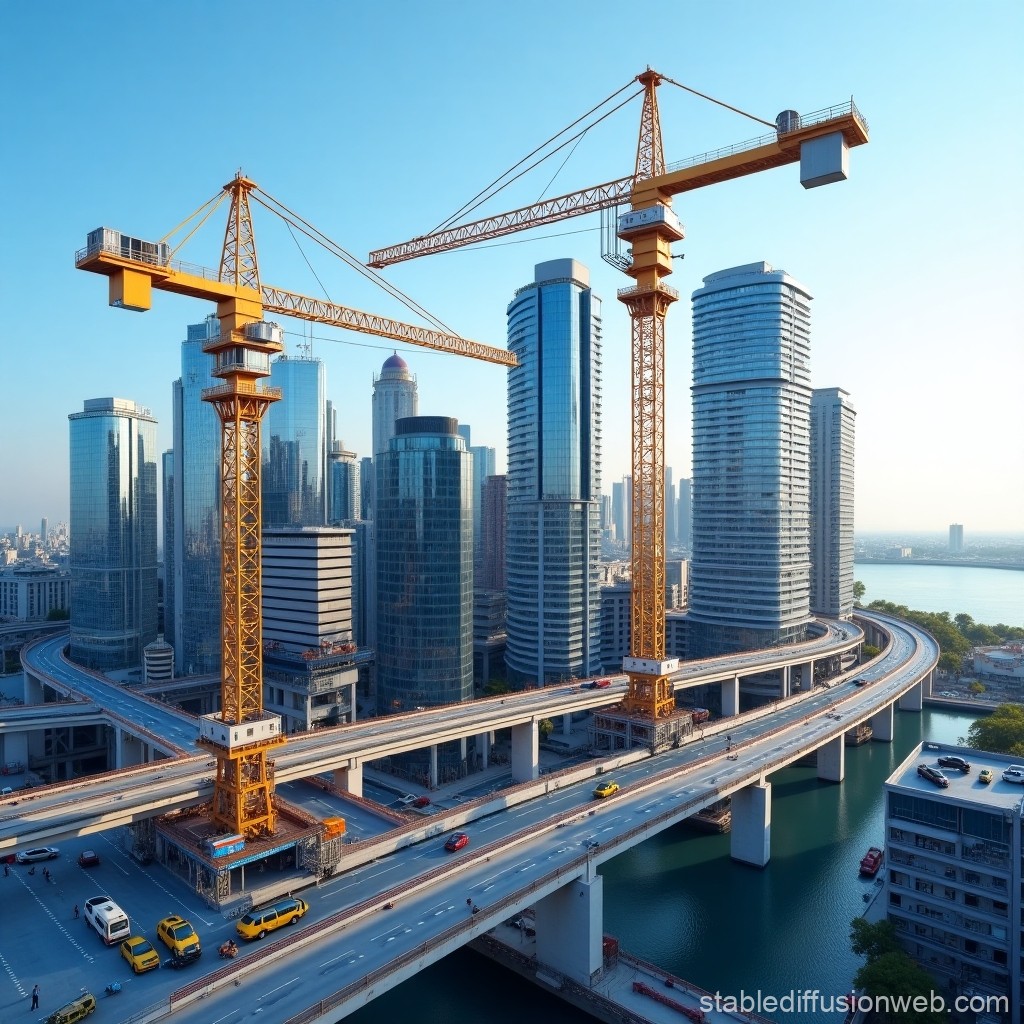
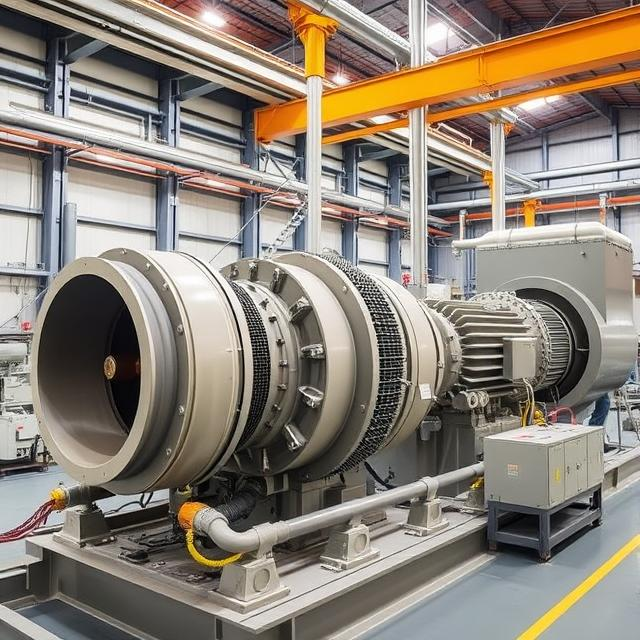
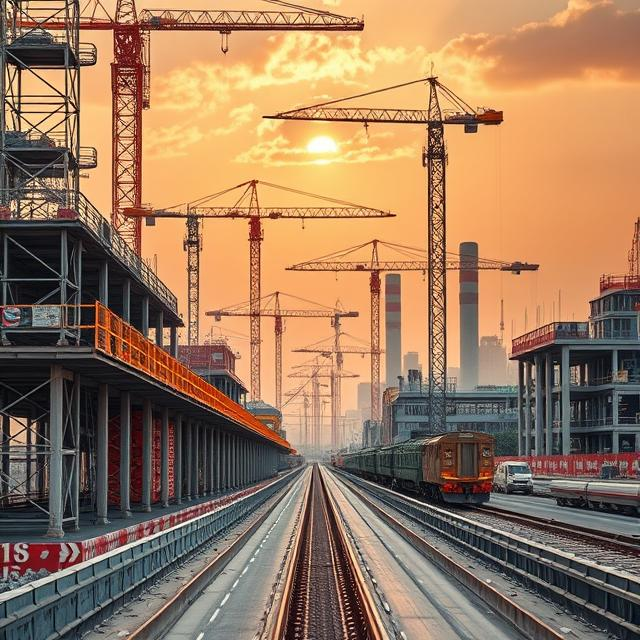
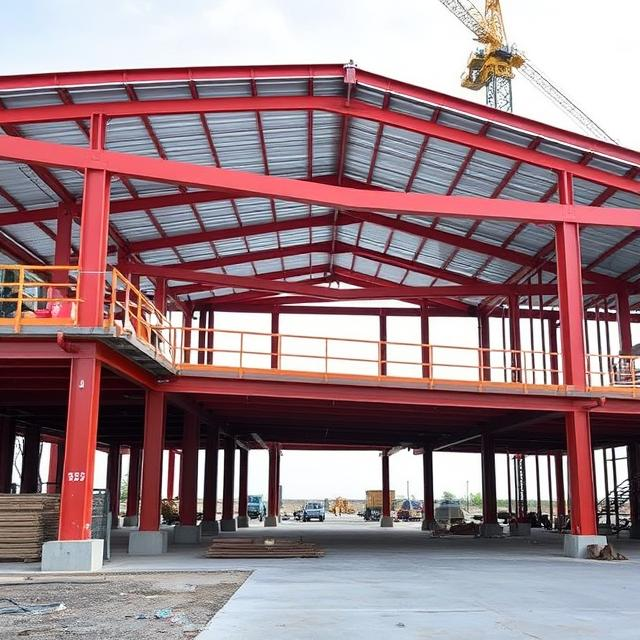
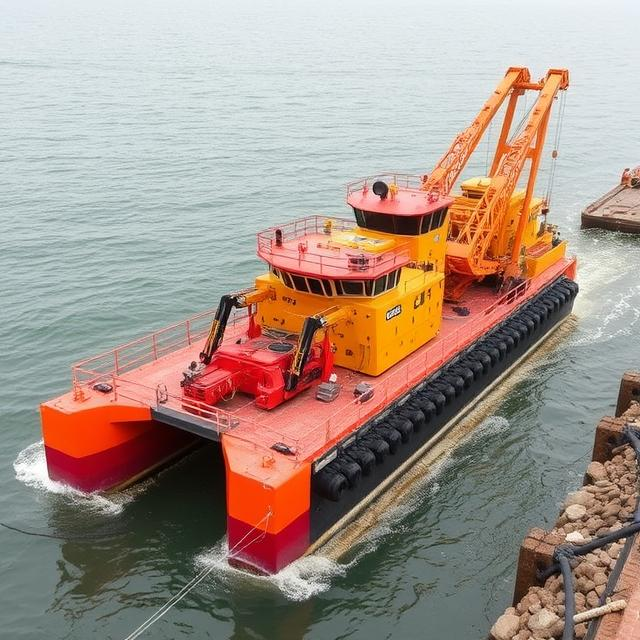
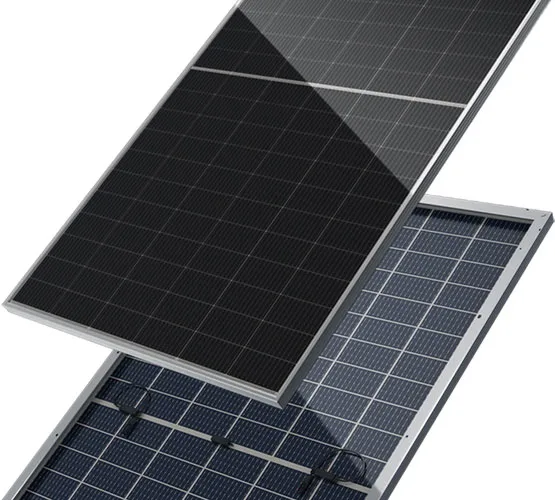
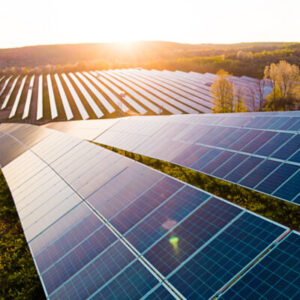

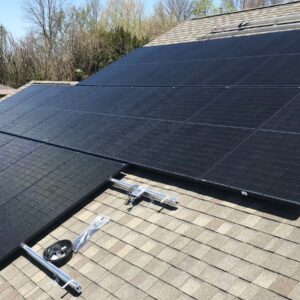
Reviews
There are no reviews yet.